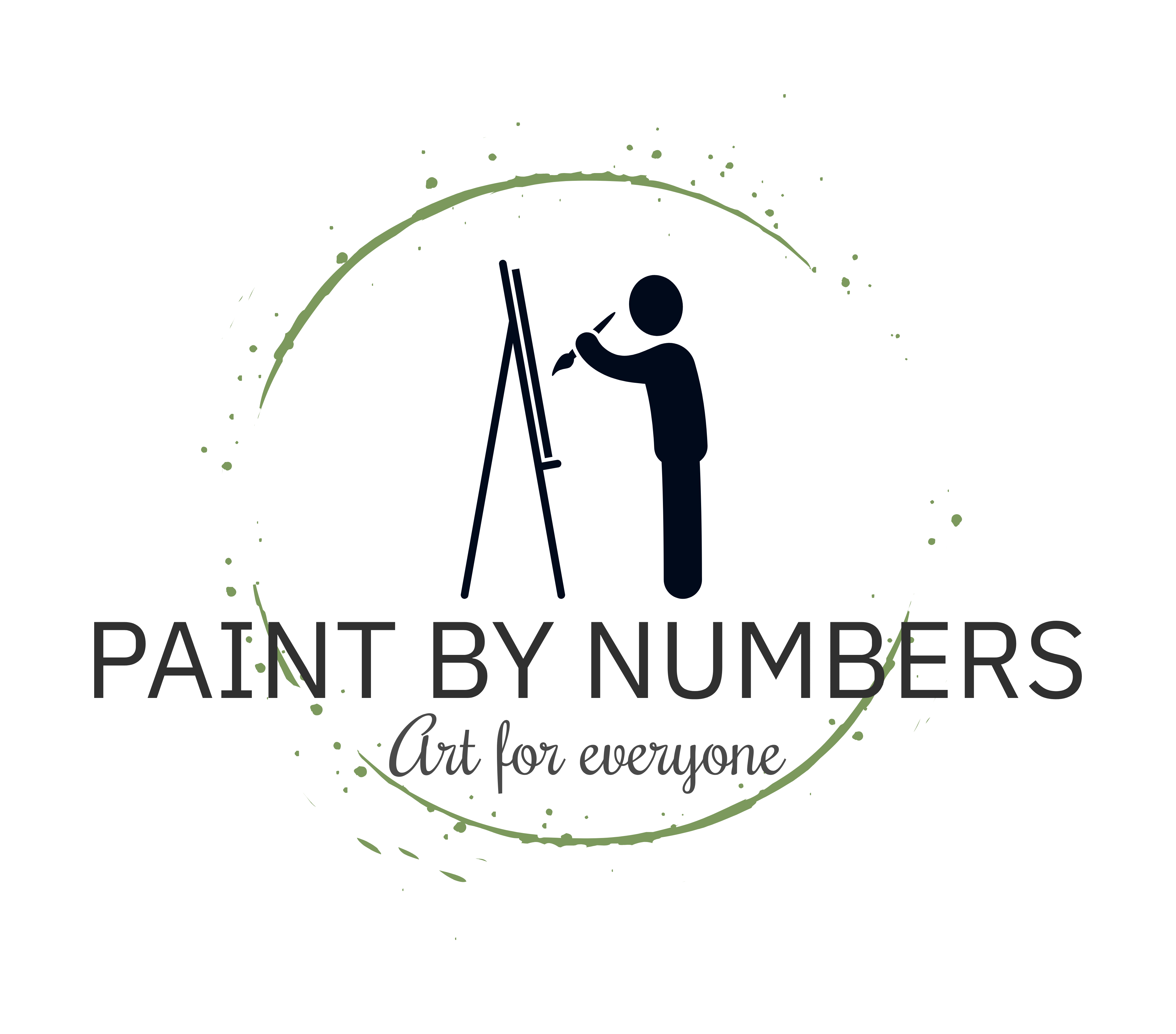Tips and Tricks
One of the best things about painting-by-number kits is that one doesn’t have to be an artist, or even be artistic, to paint a beautiful canvas. You can only follow the guidelines given, and you will end up with a beautiful piece of art you can display. A love for art, or even just a desire to be creative are the only prerequisites to painting-by-numbers successfully.
Here is a great video by Marguerite Faure explaining our product well:
The paint-by-number system is as simple as 1, 2, 3, but even so, there are some tips that will make the experience a little nicer and the end-product slightly more successful. Here are a few tips to make your creation outstanding:
Tip 1
Before you begin, clear a flat area. Have a cup of water and paper towel handy to clean brushes.
Tip 2
The paint is a water-based acrylic paint (not harmful to water or marine life). It does dry very quickly, so keep the pots closed if you are leaving them for a while.
Tip 3
If the paint seem very thick, do not mix with oil or anything else, you can mix in a drop or two of water with a toothpick. Only add a drop or two at a time until it reaches the consistency you are comfortable with.
Tip 4
The paint is usually thick enough to cover the numbers, but in some cases the numbers might still show. That is because lighter colours and some colours like red, will never be thick enough to cover the number completely. A good idea is to use a white marker or colouring in pencil to cover the number before you paint that are. That will ensure the number does not show through the paint.
Tip 5
The paint dries quickly which can lead to the brushes clogging up quickly. Clean the brushes regularly in a cup of water to prevent this. Also make sure the tops of the brushes are completely closed when you’re done with them to prevent drying and splitting.
Tip 6
In general it is recommended to work from top to bottom, but I have worked sideways, upside down, or by number. It is part of the fun to find whatever method works for you.
Tip 7
Some people like to start with the darker colours first, as this helps to bring out the picture, or makes it visually more pleasing for the artist. Some people like to start with the lighter colours, because it is easier to 'fix' places where you went over the lines with darker colours later. That is if going over the lines bothers you! I sometimes find it easier to paint with just one colour at a time, beginning with the largest areas meant for the colour. Other times I get tired of a colour, so mixing it up keeps it interesting. There are no rules, find what works for you and paint your heart out!
Tip 8
The paint is very thick, so if you accidentally paint with the wrong colour, it should be fine to just paint over it.
Tip 9
Some canvasses has a pot of paint without a number, and only a dot on. That paint is normally for the grey areas on your canvas.
Tip 10
If you feel a little more confident, you can start to 'blend' the colours or 'blur the lines'. It is a technique used to smooth the lines between colours on paint by number canvasses. Here is a link to a video that explains it very well: https://youtu.be/QWdQ9ejzUbw
Tip 11
If you want your canvasses to last a bit longer and look all professional on your wall, you can seal it afterwards with an acrylic paint sealer. Some of our new canvases includes two containers of sealant. Otherwise, you can buy it at any art shop, just ask for Acrylic Paint sealer. Paint one or two coats, and there you go!
Tip 12
Display your canvas with pride! After you have sealed it, hang it up on a wall. We sell frames specifically made for our 40 x 50cm canvases and you can make sure you get it straight on the wall using the little yellow level.
Tip 13
Ideas for leftover paint:
- I sometimes mix my paint with a bit of water, creating a similar effect to watercolour paints. I like to play around with this, or get my children to join in the fun.
- We encourage donating the leftover paint or brushes to an institution or school you know close to you.
- You can practice your paint skills on a blank canvas if you feel up to it. See what creativity is unlocked in you when a blank canvas is placed in front of you
(Please let us know if you have any further tips for us on what to do with your leftover paint!)
**The amount of paint has been determined by the supplier and is worked out by a software program, which have been tested over many years. The canvasses has been tested by the supplier as well, and the paint is supposed to be enough for the amount of canvas it has to cover. As mentioned, you can 'stretch' the paint by adding a very small quantity of water. If you do find that your paint does not last you can use normal acrylic paint available from craft shops, and also please let us know!
**Please remember that the colours of the digital image and the actual painted image might differ slightly**
Art has the role in education of helping children become more like themselves, instead of more like everyone else. - Sydney Gurewitz Clemens
